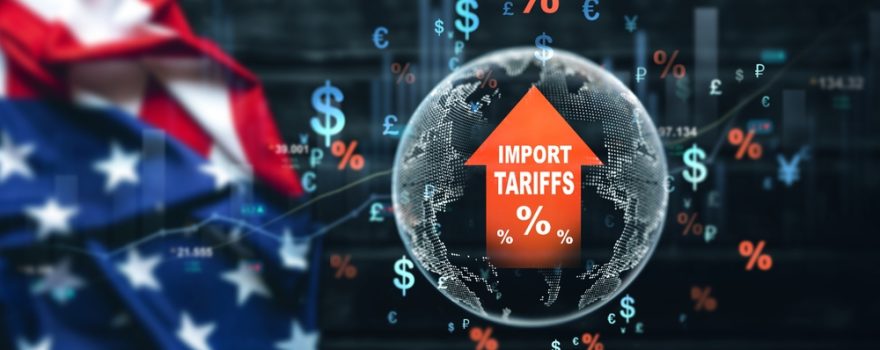
In a dramatic Rose Garden ceremony on April 2, former President Donald Trump announced a new wave of tariffs on U.S. imports, calling it a “historic correction” to decades of what he described as economic exploitation by foreign nations. The initiative, dubbed “Liberation Day” by the Trump team, sets a blanket 10% duty on all imported goods and additional custom tariffs for countries the administration deems unfair trading partners.
“We are restoring the American Dream,” Trump declared, flanked by Secretary of Commerce Howard Lutnick, who held up charts illustrating the tariff disparities between the U.S. and other nations. According to Trump, the new duties will help bring jobs back to American soil and discourage outsourcing. While the base tariff of 10% comes into effect on April 6, higher tariffs for specific countries — some exceeding 40% — will be enforced starting April 9.
Critics, however, warn of economic fallout both at home and abroad. Lawmakers across party lines voiced concern about rising consumer prices, strained global trade relationships, and retaliatory measures from key allies. A Senate resolution aimed at limiting Trump’s authority to impose such tariffs passed narrowly, though its future in the House remains uncertain.
International reaction was swift and sharply critical. Canadian Prime Minister Mark Carney stated the plan “will harm both economies,” while Australian Prime Minister Anthony Albanese called the move “not the act of a friend.” In response, U.S. Treasury Secretary Scott Bessent issued a stern warning: “Do not retaliate. If you retaliate, there will be escalation.”
As the global economy braces for impact, Trump’s Liberation Day tariffs may reshape not just trade policy, but America’s role in the international marketplace. Whether this leads to renewed domestic industry or global economic friction remains to be seen.
Read the full report on Fox News: https://www.foxnews.com/politics/heres-close-look-trumps-tariff-plan-what-know-about-new-duties

 Get in Touch
Get in Touch 


